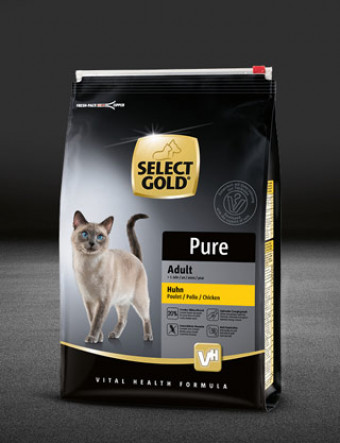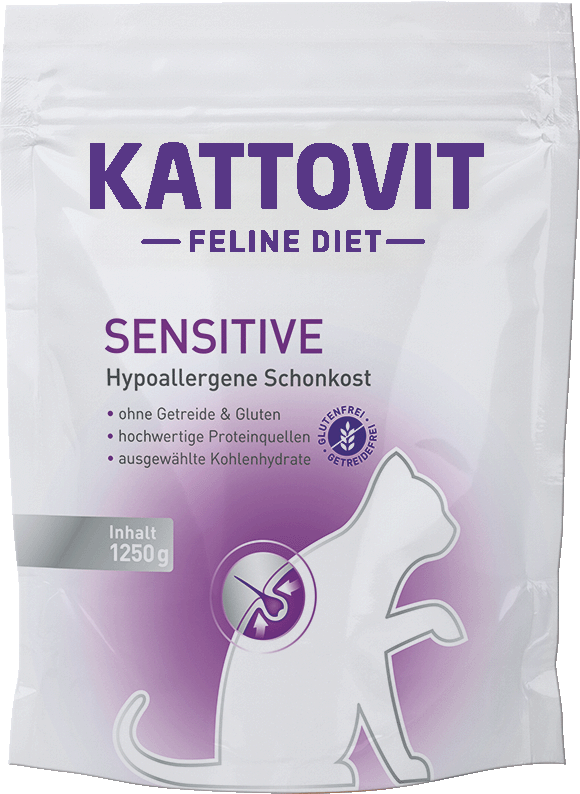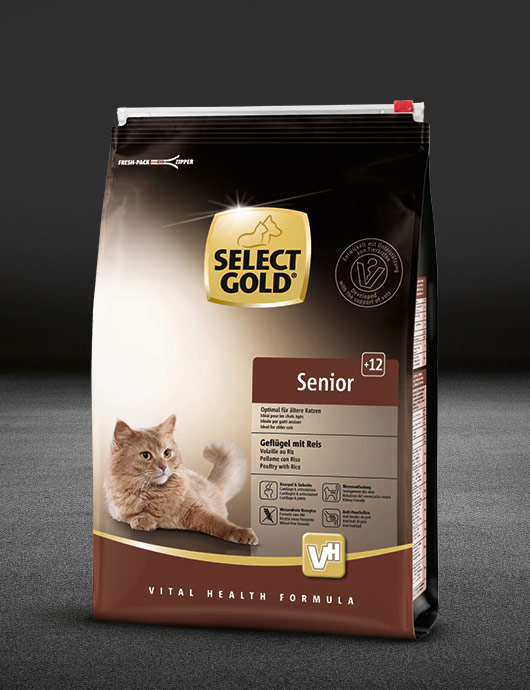
Happy Cat 70601 - Sensitive Skin & Fur - Dry Cat Food with Chicken for Skin- Sensitive Cats and Cats - 4 kg Capacity : Amazon.de: Pet Supplies

Perfect Fit Sensitive 1+ Dry Food for Adult, Sensitive Cats from 1 Year Old – Rich in Turkey – No Wheat and Soya – Supports Digestion – 1 x 7 kg Bag : Amazon.de: Pet Supplies

Green Petfood Nassfutter Katze sensitive Digestion mit Hühnchen, FairCat, 85 g dauerhaft günstig online kaufen | dm.de

Green Petfood Nassfutter Katze mit Hühnchen & Lachs Fit Outdoor, FairCat, 85 g dauerhaft günstig online kaufen | dm.de

JOSERA SensiCat (3 x 400 g) | Katzenfutter mit extra verträglicher Rezeptur | Super Premium Trockenfutter für ausgewachsene und empfindliche Katzen | 3er Pack : Amazon.de: Haustier

Trockenfutter Katze Smilla 2kg in Essen-West - Frohnhausen | eBay Kleinanzeigen ist jetzt Kleinanzeigen

Perfect Fit Sensitive 1+ Katzentrockenfutter reich an Truthahn, 7kg (1 Beutel) – Premium Katzenfutter für erwachsene, sensible Katzen ab 1 Jahr, ohne Weizen & Soja, zur Unterstützung der Verdauung : Amazon.de: Haustier

PURINA ONE Trockenfutter Katze sensitive mit Truthahn & Reis, Adult, 2,8 kg dauerhaft günstig online kaufen | dm.de

bosch Tiernahrung bosch Sanabelle Sensitive Trockenfutter mit Geflügel 10 kg Test TOP Angebote ab 36,85 € (September 2023)









/f/69110/2880x960/875abe34c9/hc-katze-trockenfutter.jpg)
































